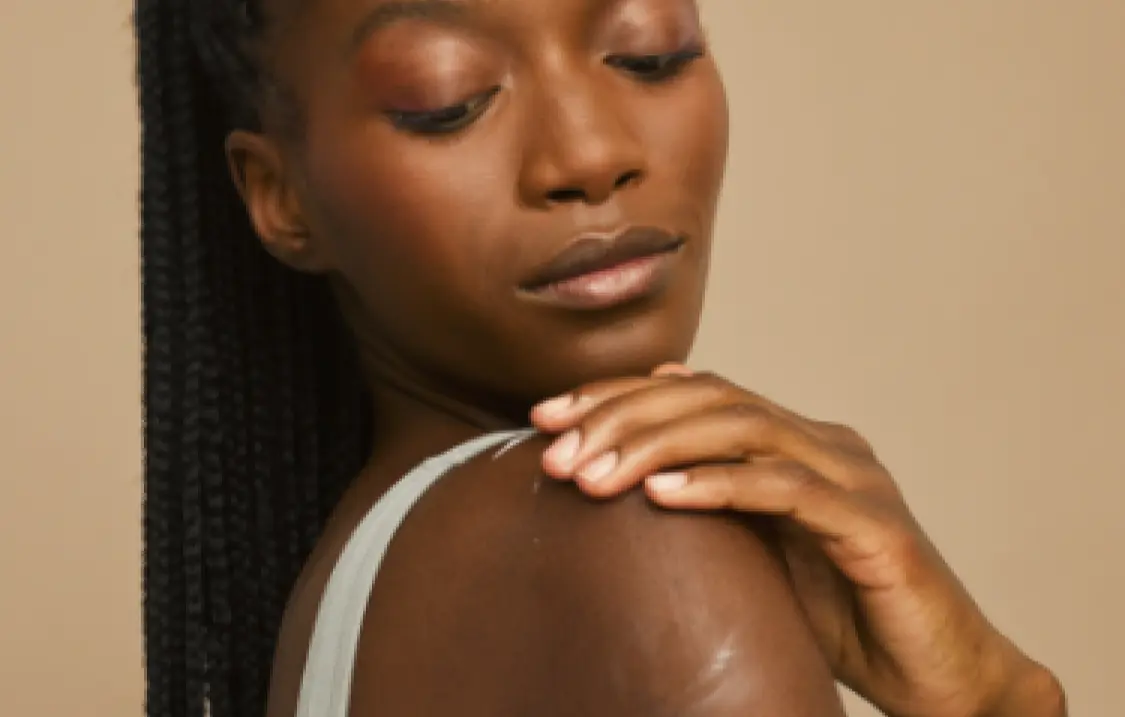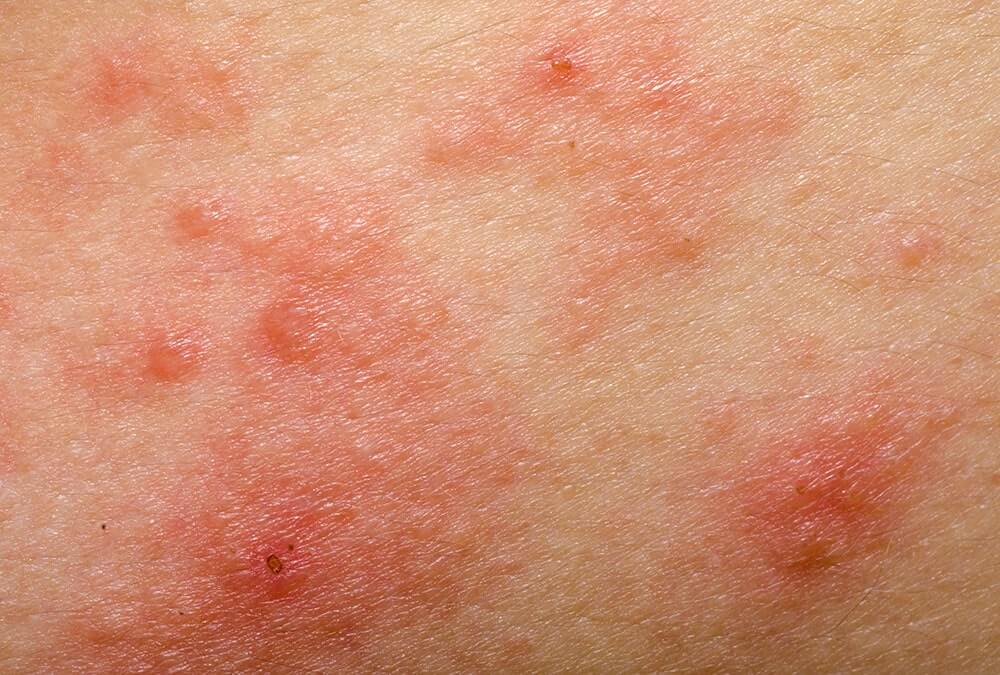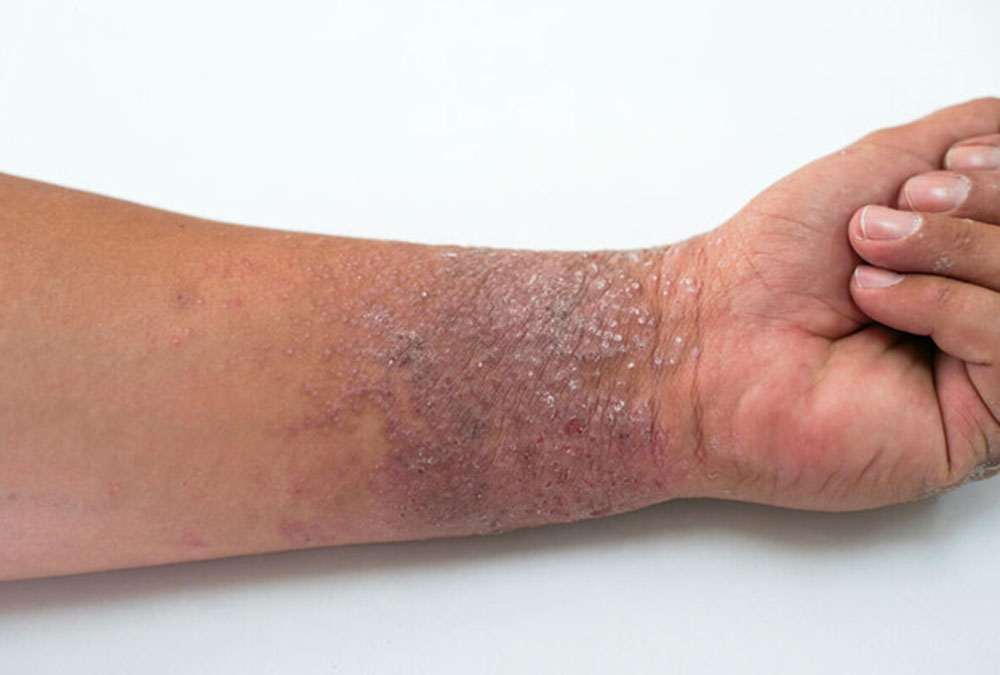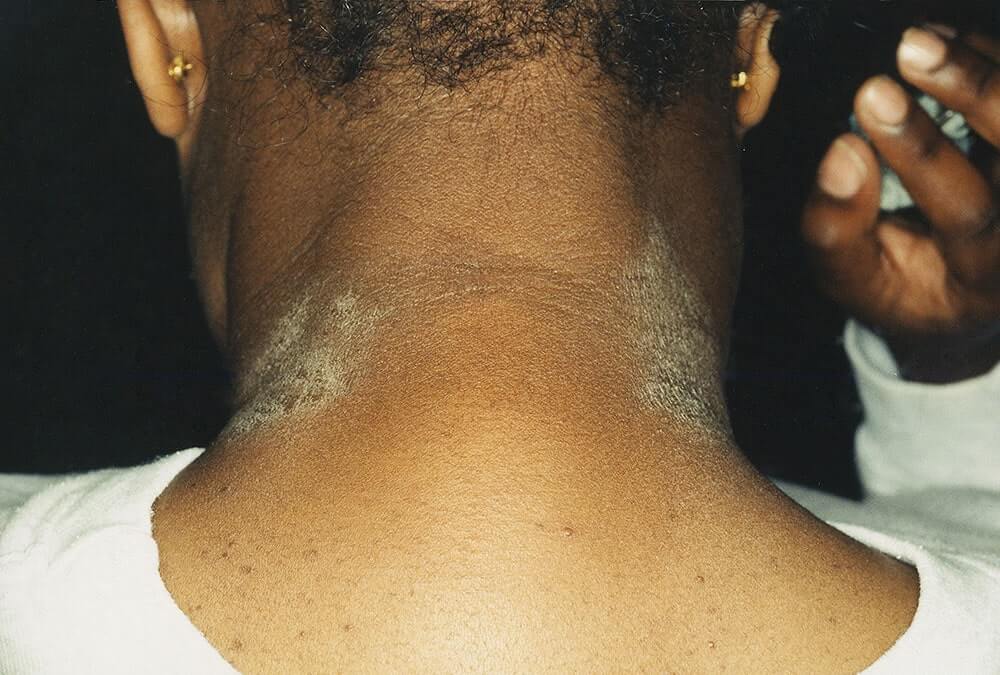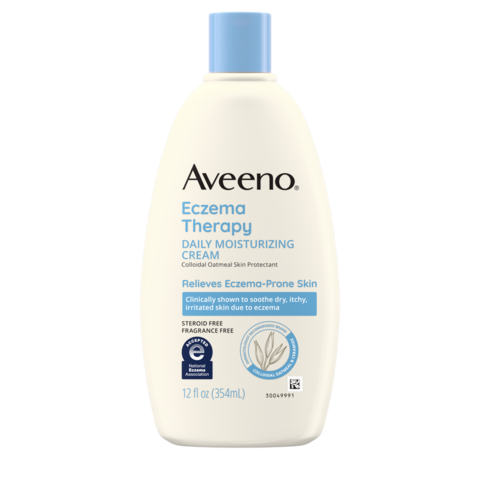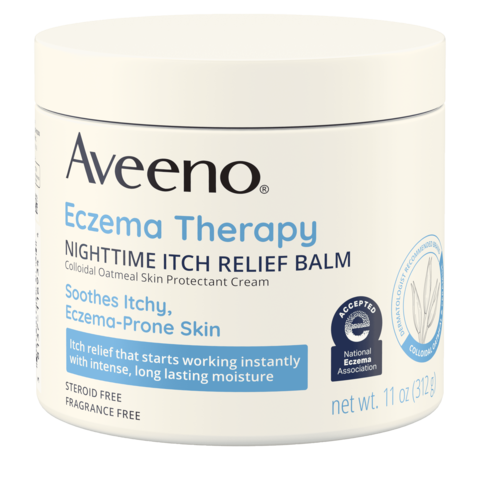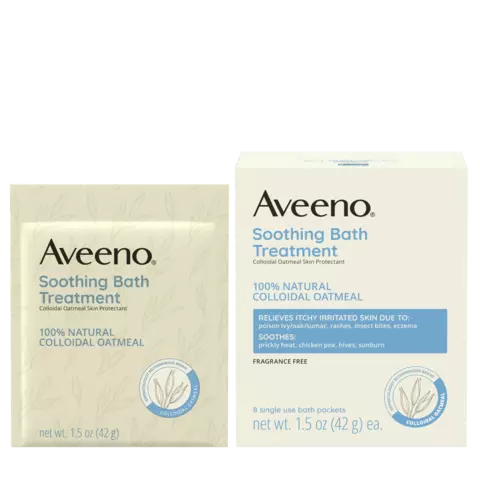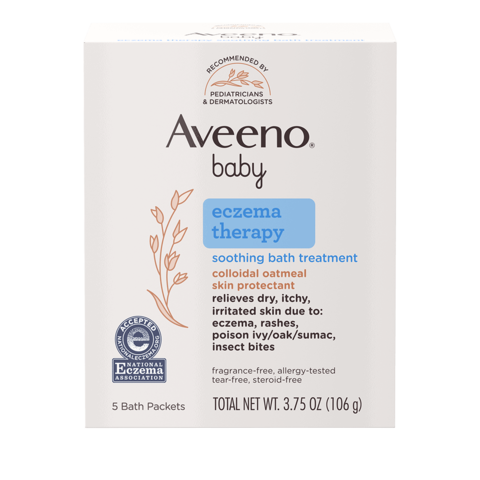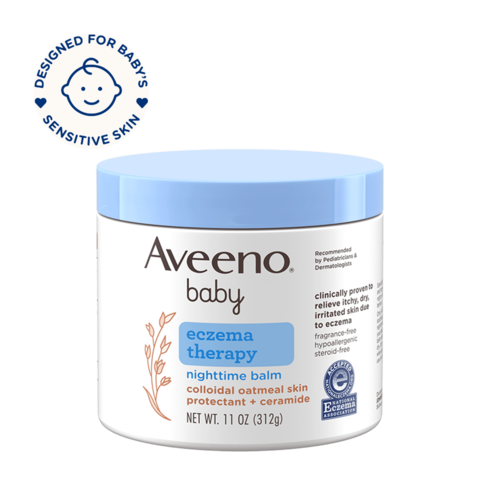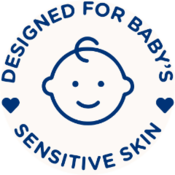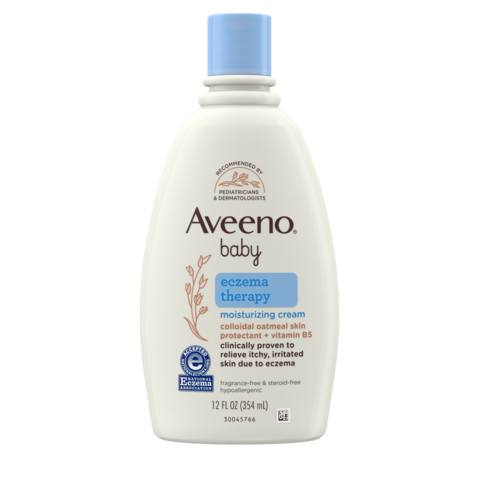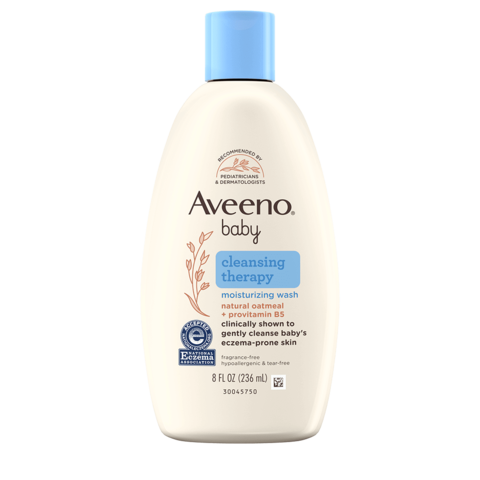At Aveeno, we are committed to advancing skin health equity and advancing eczema awareness and education gap in skin of color.
Eczema is the second most frequent skin disease to affect African Americans, but experts believe it may be underdiagnosed. This is due in part to the fact that historically, physicians have been trained primarily to diagnose eczema on white skin. In fact, a recent study found that less than 5 percent of the images in general medicine textbooks showed conditions on darker skin and the standard outcome measures used have poor reliability and validity in patients with very dark skin, making it even more difficult for doctors to recognize and diagnose on skin with more pigment.
People of color are also half as likely as white patients to see a dermatologist for the same conditions. Black children with eczema are 30 percent less likely to see a doctor for their eczema than white children, and those who see a doctor tend to have more visits and receive more prescriptions than white children, indicating more severe disease.
While organizations like the National Eczema Association, American Academy of Dermatology and Skin of Color Society are making inroads to increase awareness, education and improve barriers to care, it’s imperative everyone, regardless of color, be proactive in their own skin care, Becoming knowledgeable about your symptoms and being able to explain to your healthcare provider in detail what you’re experiencing will be helpful in your diagnosis.
How is Eczema Different in Skin of Color?
Eczema can look quite different on darker skin tones. Eczema is commonly thought of as a red, dry, and itchy rash – how it appears on lighter skin tones. But redness can be a challenge to detect on darker skin tones which may make diagnosis more difficult.
On darker skin, patches may appear darker than the rest of the skin, looking purple, ashen grey, or dark brown.


